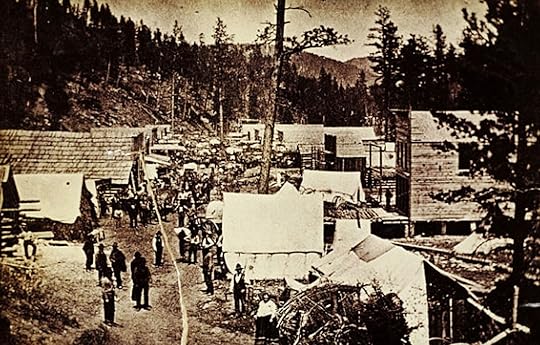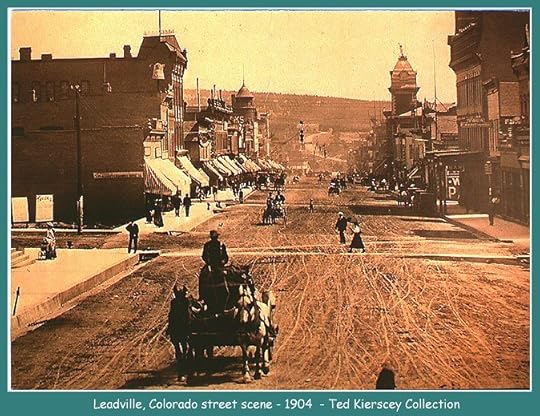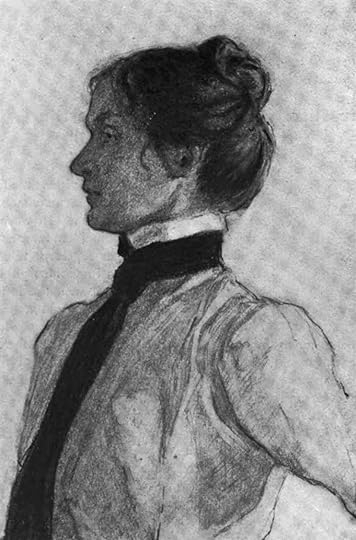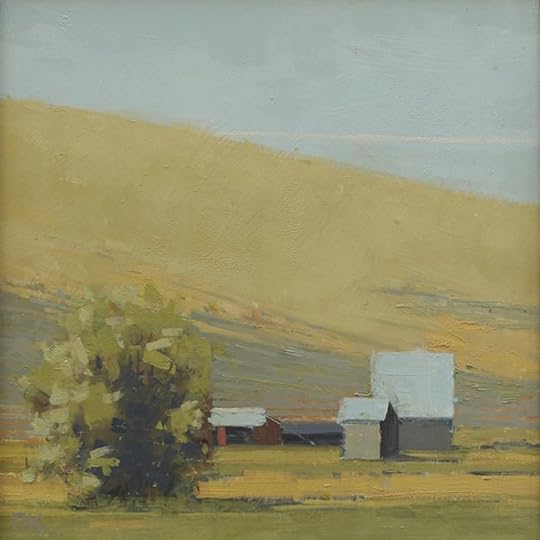What do you think?
Rate this book


569 pages, Paperback
First published March 1, 1971



Susan is more talented in many ways than Oliver. She shows off better. But while I wrote that book, thinking that I was writing about her as a heroine, I came to the end of it thinking maybe he is the hero because there is a flaw in her, a flaw of snobbery. She doesn’t adequately appreciate the kind of person he is, or the kind of work he does. That’s a story not about either men or women, but about a relationship, a novel about a marriage.
There is another physical law that teases me, too: the Doppler Effect. The sound of anything coming at you – a train, say, or the future – has a higher pitch than the sound of the same thing going away. If you have perfect pitch and a head for mathematics you can compute the speed of the object by the interval between its arriving and departing sounds. I have neither perfect pitch nor a head for mathematics, and anyway who wants to compute the speed of history? Like all falling bodies, it constantly accelerates. But I would like to hear your life as you heard it, coming at you, instead of hearing it as I do, a somber sound of expectations reduced, desires blunted, hopes deferred or abandoned, chances lost, defeats accepted, griefs borne.
It is an easy mistake to think that non-talkers are non-feelers.
You'll do what you think you want to do, or what you think you ought to do. If you're very lucky, luckier than anybody I know, the two will coincide.
Home is a notion that only the nations of the homeless fully appreciate and only the uprooted comprehend.
Civilizations grow by agreements and accommodations and accretions, not by repudiations. The rebels and the revolutionaries are only eddies, they keep the stream from getting stagnant but they get swept down and absorbed, they're a side issue. Quiet desperation is another name for the human condition. If revolutionaries would learn that they can't remodel society by day after tomorrow -- haven't the wisdom to and shouldn't be permitted to -- I'd have more respect for them ... Civilizations grow and change and decline -- they aren't remade.
"Lo que a mí me interesa de todos esos papeles no es la novelista e ilustradora Susan Burling Ward, ni Oliver Ward, el ingeniero, ni tampoco el Oeste donde pasaron sus vidas. Lo que realmente me interesa es cómo dos partículas tan distintas pudieron fundirse, y con cuánta presión, para rodar cuesta abajo hacia el futuro y hasta alcanzar el ángulo de reposo en que yo los conocí. Ahí es donde está el interés."Un ángulo de reposo apenas concebible dada la fuerte inclinación que el montículo de su matrimonio presentaba, siempre amenazando derrumbe, a causa de las enormes diferencias que entre ellos había en sus caracteres, estilos de vida, intereses y ambiciones sociales.
“Una romántica y un realista. Una mujer que era más señora que mujer, y un hombre que era más hombre que caballero.”Nada parecía unirles. Él, ingeniero, un hombre con ansias de libertad, de una vida al aire libre y nómada en la que sentir la emoción de construir cosas, íntegro, fiel a sus principios por mucho que ello le perjudicara en su carrera, competente en su oficio y poco fuera de él. Ella, con temperamento y capacidades artísticas, pintora y escritora, acostumbrada a una intensa vida social y cultural, y con una fuerte necesidad de pertenencia a un lugar, con inclinaciones homosexuales o hacia hombres sensibles y delicados y una esnob aristocrática que se encuentra molesta por la falta de ambición de él, por su espíritu de segundón, por su escasa brillantez social, por su excesiva confianza en todo ser humano y lo mal que se defendía ante las injusticias, por lo difícil que le resultaban las palabras y lo mucho que ella las amaba. Su nieto, con 58 años, inválido e historiador retirado, un muñeco roto y viejo, como él se ve, aborda la tarea de descubrir el secreto que tal relación matrimonial guarda, quizás esperando averiguar algo importante de su vida. Para ello cuenta con la abundante correspondencia de su abuela.
“… me gustaría oír tu vida como tú la oyes, acercándose a ti, en vez de oírla como yo la oigo, un sonido austero de expectativas reducidas, deseos mitigados, esperanzas postergadas o abandonadas, oportunidades perdidas, derrotas aceptadas, agravios sufridos…”Y será su abuela Susan el personaje central, como lo fue Charity en su novela “En lugar seguro”, otra mujer fuerte que vivió un tiempo en el que las mujeres tenían muy difícil (más) desarrollar su potencial y que sufrió por la escasa ambición y méritos de su marido. Pero hay importantes diferencias entre ellas, mientras que Susan se sacrificó y hasta apoyó en ocasiones de forma entusiasta el trabajo nómada y salvaje de su esposo, sin abandonar sus trabajos como ilustradora y escritora, Charity puso por encima de las pretensiones artísticas de su marido sus vicarias ambiciones profesionales.
"… ¿que los mantuvo juntos a él y a la abuela durante más de sesenta años? ¿pasión? ¿integridad? ¿cultura? ¿las convenciones?...”Otra cosa importante que une a las dos novelas es el estilo claro y ligero por el que te dejas llevar en volandas capítulo tras capítulo haciéndote cómplice, por lo mucho que deja a la inteligencia y a la imaginación del lector, de unos hechos y unas vidas sencillas a las que, no obstante, dota de una relevancia extraordinaria.
“Tengo que ir pasando y pasando las páginas de esas cartas de pura cháchara, vacías, durante mucho tiempo hasta dar con alguna en la que merezca la pena detenerse.”








I would like to hear your life as you heard it, coming at you, instead of hearing it as I do, a sober sound of expectations reduced, desires blunted, hopes deferred or abandoned, chances lost, defeats accepted, griefs borne… I would like to hear it as it sounded while it was passing. Having no future of my own, why shouldn’t I look forward to yours?And later, as he tells of a New Year which determined, not immediately but only in the future, the course of Susan Ward’s life …
You yearned backward a good part of your life, and that produced another sort of Doppler Effect. Even while you paid attention to what you must do today and tomorrow, you heard the receding sound of what you had relinquished. It came to you secondhand in the letters of Augusta Hudson. You lived vicariously in her, dined with the literary great …
Governors Island, as I imagine that last day of December, would have floated like dirty ice out in the bay; the Jersey shore would have fumed with slow smokes.
The Doppler Effect is very apparent in my imagining of that afternoon. I hear it as it was now and as it is then. Nemesis in a wheelchair, I could roll into that party and astonish and appall the company with the things I know. The future is inexorable for all of them; for some it is set like a trap… So many things I know.
About this time I need some Mister Bones to say to me, "Doesn't this story have anything in it but hard luck and waiting? Isn't the man ever going to get that ditch dug?" Then I can reply in summary fashion, and get by this dead time. For it bothers me to wait it out with them. (475)
